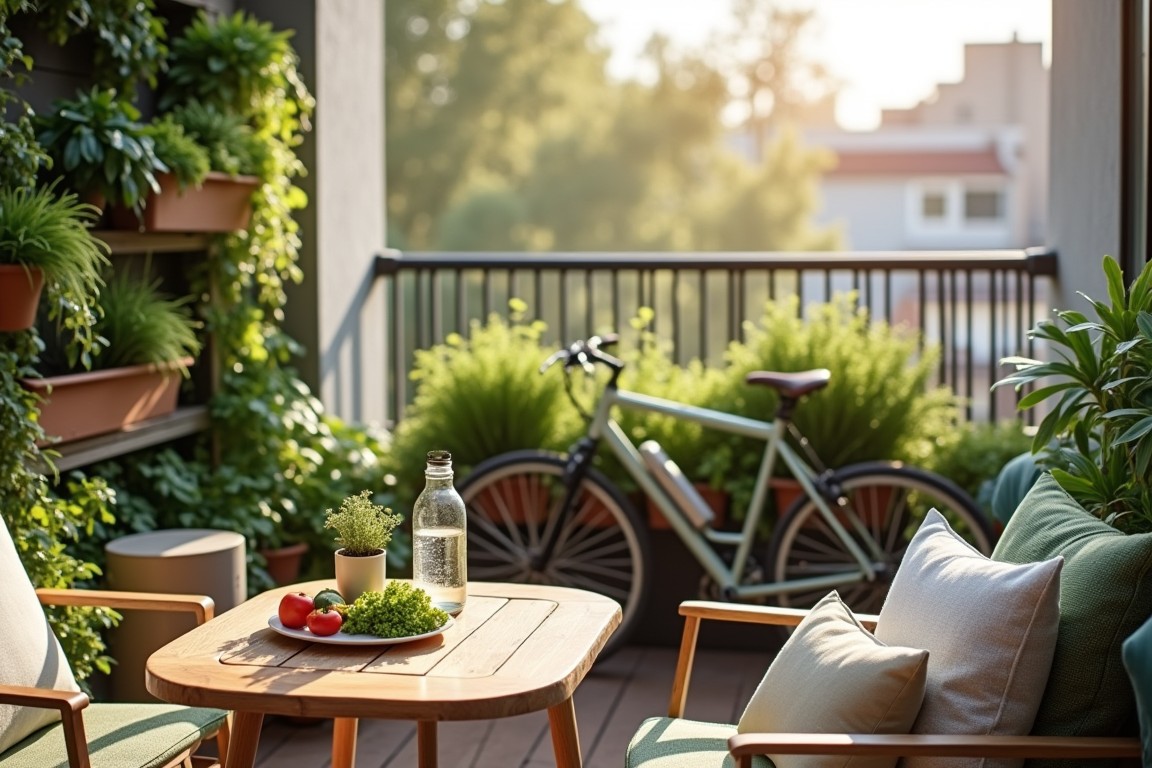Living an environmentally friendly fashion has gone from something trendy to something essential. For example, the other day I sat in my kitchen and unpacked my grocery delivery to realize after all this time I still use so much plastic. From plastic bags to plastic packaging to plastic dividers and containers everything was made of plastic. I was mortified, and the present was a step toward change I needed.
There it was a huge pile of waste that made me wonder where it could take me; bad for my static, scheduled life but good for my investigative, unforeseen journey into my more green lifestyle. Years later, I’m obsessed. From climate change to landfills that are filling beyond capacity and beyond decomposition timelines, it’s overwhelming how even the smallest gesture can make a difference. I am not perfect and do not expect perfection from anyone else either, but if I can share 10 simple, easy things that I’ve integrated into daily life and at least one person tries for themselves, then we’ve all reduced our footprint a little more.
Why Eco Friendly Living Matters Now
We are at a turning point. Global waste could reach 3.4 billion tonnes by 2050, and carbon emissions are continuing to rise. The good news is that your decisions matter. By replacing a single plastic bottle with a reusable one, hundreds of plastic bottles are kept out of landfills. We have actual change when you multiply that by millions. Eco-friendly living is for everyone who wants a simpler life and a cleaner planet, not just those who love trees. Let’s compare it to the traditional methods.
Traditional Living vs. Eco Friendly Living: A Quick Comparison
Convenience quick, inexpensive, and disposabis the foundation of traditional living. By combining sustainability and intelligence, eco-friendly living completely changes the game. They differ in the following ways:
| Traditional Living | Eco Friendly Living | Why It Matters |
|---|---|---|
| Single-use plastics | Reusable bags, metal straws | Cuts 8 million tons of ocean plastic yearly |
| Gas-guzzling cars | Biking or electric vehicles | Slashes CO2 by up to 4 tons per car annually |
| Chemical cleaners | Plant-based alternatives | Protects air and water quality |
| Fast fashion | Durable, ethical clothing | Trims 92 million tons of textile waste |
Three years ago, I switched to a stainless steel water bottle, and I haven’t felt guilty about it since. Want to make more swaps? These ten are powerful.
10 Simple Lifestyle Changes for Eco Friendly Living
1. Ditch Plastic for Good
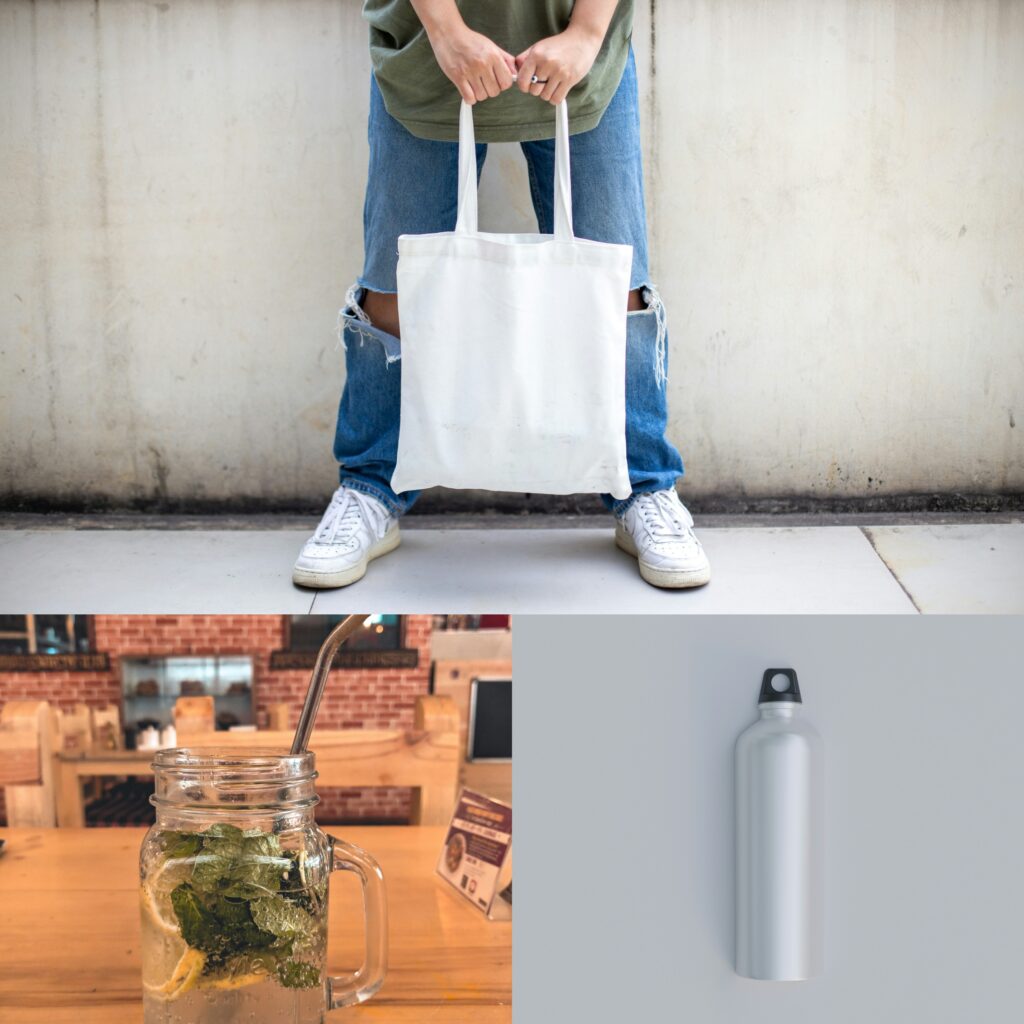
Plastic is ubiquitous and cunning. That mess in the kitchen was the tipping point for me. Now, leftovers are hidden under beeswax wraps and my pantry is a rainbow of glass jars. To kick plastic, follow these steps:
- Reusable Swaps: Tote bags, metal straws, cloth napkins—small moves, big wins.
- Bulk Buys: Less packaging, less trash. I love the look of my jar-lined shelves.
- DIY Cleaners: Vinegar and baking soda beat store-bought bottles every time.
Plastic chokes oceans—8 million tons a year. Your swaps help turn that tide.
2. Green Your Home Decor

Eco-friendly décor isn’t dull; it’s fierce. At every dinner party, my repurposed wood shelf serves as a story starter. Try these:
- Reclaimed Materials: Old wood, recycled metals—unique and green.
- LED Lighting: Sips energy, lasts forever. My electric bill’s down $15 a month.
- Natural Textiles: Organic cotton or hemp—soft, tough, toxin-free.
It’s style with substance. Need ideas? Check this eco-friendly decor guide.
3. Embrace Organic Gardening
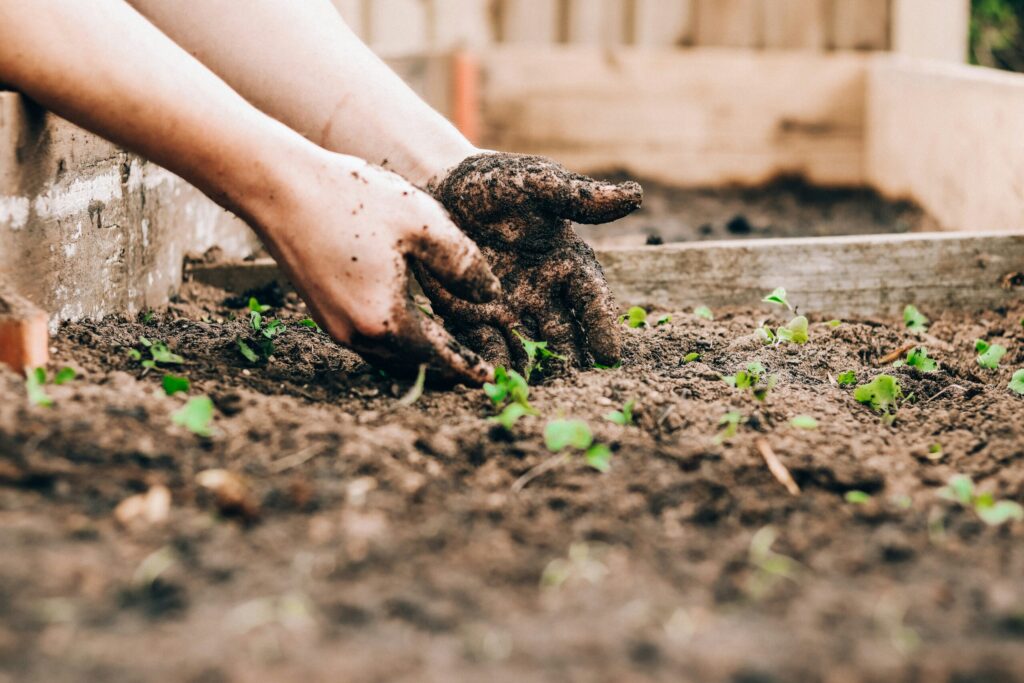
In addition to being an eco-friendly hobby, gardening is my escape. I began with a small herb patch on a windowsill, which has grown into a flourishing mini-jungle. Here’s how:
- Compost: Kitchen scraps turn into soil magic. My trash is down 25%.
- Native Plants: Low-maintenance and bee-friendly. My wildflowers buzz with life.
- No Chemicals: Neem oil and soap keep pests at bay—safe and simple.
It’s therapy with benefits. New to it? This organic gardening guide has you covered.
4. Go Zero-Waste (Sort Of)
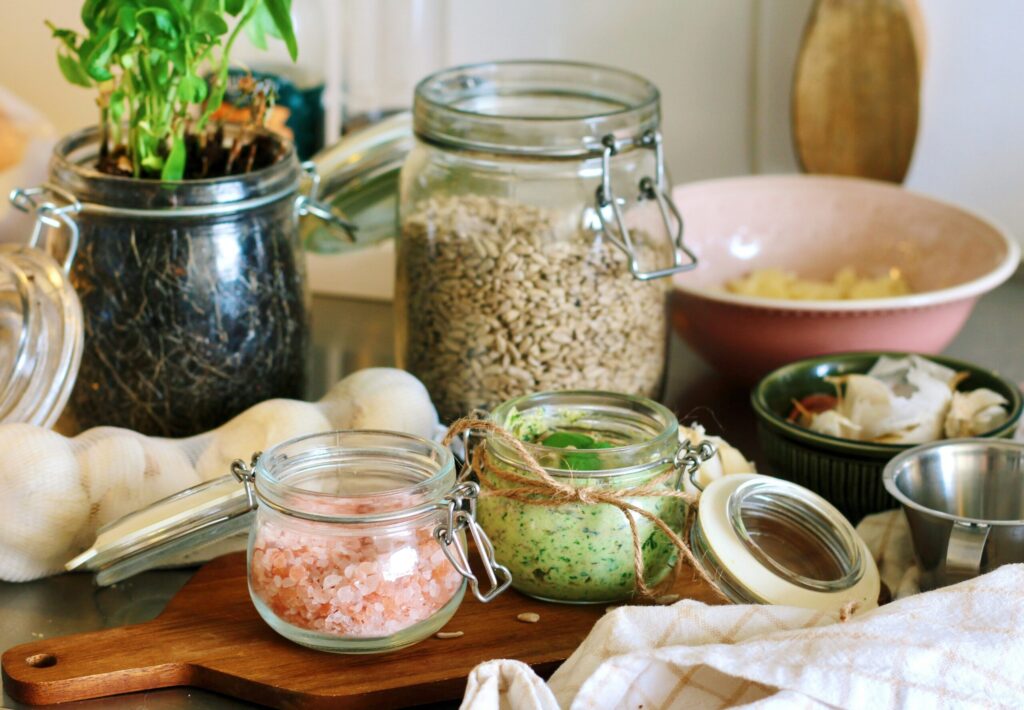
Zero-waste means less, not zero. Because of these habits, I’ve cut my trash in half:
- Reusable Everything: Water bottles, coffee cups, bags—my daily staples.
- Bulk Shopping: Grains, nuts, even shampoo bars. Less waste, more savings.
- Compost: Half my scraps now feed my garden, not landfills.
It’s oddly liberating. Get the full scoop in this zero-waste guide.
5. Conserve Energy Like a Pro

Don’t waste energy; it’s precious. My smart thermostat has changed everything. Here’s how to reduce:
- LED Bulbs: Long-lasting and bill-friendly.
- Unplug: Chargers and idle gadgets are sneaky energy hogs. Power strips are my fix.
- Smart Tech: My thermostat learns my routine—usage is down 20%.
Tiny tweaks, huge payoffs. More tips at environmentally friendly technology.
6. Choose Sustainable Transportation

Cars are comfortable, but there are better options. The highlight of my day is riding my bike to work. Try these:
- Bike or Walk: Zero emissions, plus a workout.
- Public Transit: Cheaper than gas, and I catch up on reading.
- Electric Vehicles: Pricey up front, but worth it. Mine’s a smooth ride.
Transportation’s 29% of emissions—your move matters.
7. Support Local and Organic Food
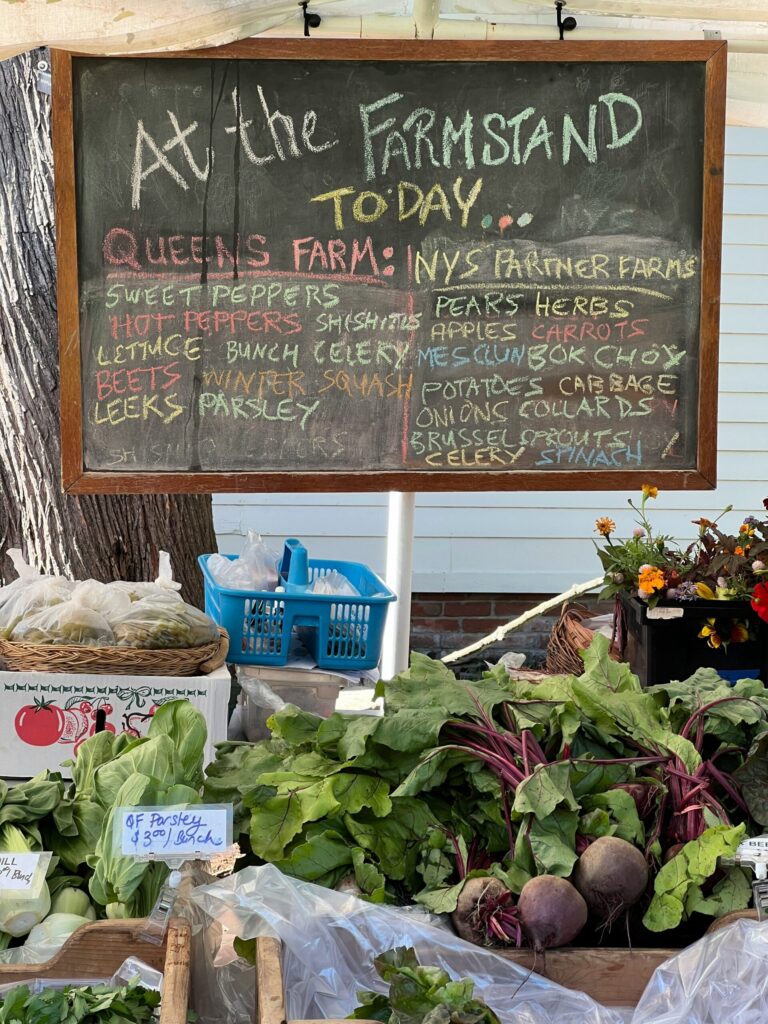
Food is a hidden environmental powerhouse. It’s greener and tastes better, so I went local. This is the reason:
- Less Travel: Fewer miles, less CO2.
- Organic: No nasty pesticides. Better for soil and you.
- Seasonal: Fresh, delicious, and farmer-friendly.
My CSA box is a weekly highlight. Dig into sustainable agriculture for more.
8. Reduce Water Waste

There is a limit to water. Using these tips, I drastically reduced my usage:
- Low-Flow Fixtures: Showerheads and faucets that save without sacrifice.
- Fix Leaks: A drip wastes gallons. Mine took minutes to fix.
- Rain Barrels: Free water for my plants. They’re thriving.
Every drop adds up. Explore rain gardens for inspiration.
9. Embrace Minimalism

More freedom, less stuff. My reset button was decluttering. Here’s how:
- Quality Over Quantity: Fewer, better buys. My wardrobe’s a lean machine.
- Secondhand: Thrifted finds beat fast fashion—cheap and cool.
- Digital Detox: Less screen, more outdoors. It’s a mood-lifter.
It’s not less—it’s more life.
10. Spread the Word
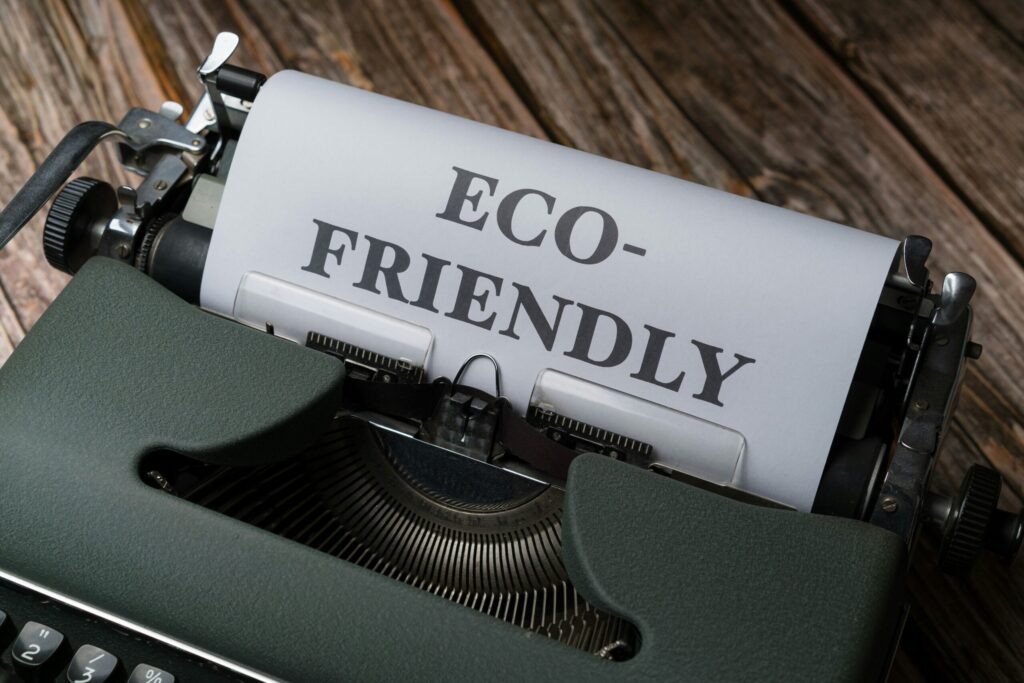
Change begins with you and then spreads. I enjoy sharing my victories:
- Talk It Up: Friends love hearing about my swaps.
- Post It: Social media’s perfect for sparking ideas.
- Support: Back green brands and policies. Your voice has power.
Together, we’re unstoppable. Learn more at social sustainability.
Conclusion: Start Small, Dream Big
With the help of a reusable bottle and a reality check, eco-friendly living drew me in. Just start somewhere; you don’t have to completely change your life. Choose one change, then another. We have the means and the imperative to change the game in 2025. What do you do first? Leave a comment or take a look at our guide to eco-friendly homes. Let’s establish green as the new standard.
FAQ: Eco Friendly Living, Simplified
Is eco friendly living expensive?
Not really. Reusables save cash over time, and DIY cleaners are pennies. Start small.
How do I start if I’m overwhelmed?
One step—like ditching plastic bags. Build from there. See this zero-waste guide.
Can one person make a difference?
Yes! Your actions spark others, and small shifts add up.
What’s the easiest change?
Reusable bags or bottles. Low effort, high impact.
At a Glance: Traditional vs. Eco-Friendly Choices
| Traditional Choice | Eco-Friendly Swap | Benefit |
|---|---|---|
| Plastic Bags | Reusable Totes | Less waste, lasts years |
| Gas Cars | Biking or Electric | Cuts emissions, saves money |
| Chemical Sprays | Compost | Healthier soil, no toxins |

